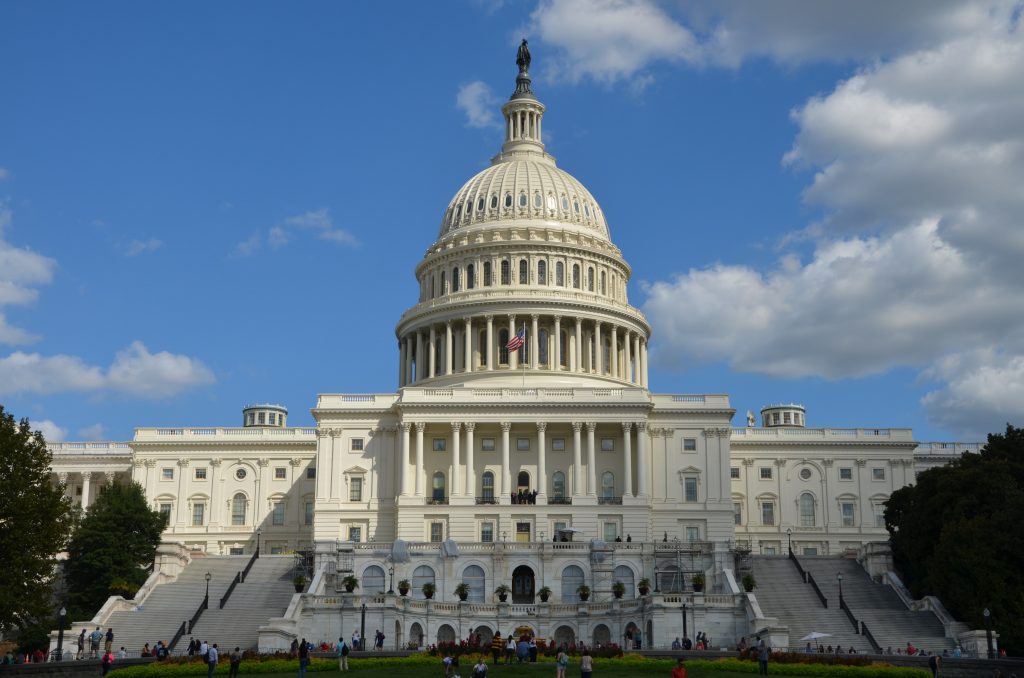What the Pro Security Channel Needs to Know about Old and New COVID Funding

The election’s over; we are a little over a month into 2021; business is starting back up after COVID-ladened months; and there’s more going on in Congress than just funding. There are tax credits, tax deductions, extensions, all of which have been explained in a document of over 5,000 pages released by the United States government. (That’s more pages than the whole Harry Potter series combined, which according to Scholastic, is 4,224 pages, to provide a bit of perspective.)
Busy security professionals do not have time to read through such a document to glean understanding, even though it is of astronomical importance to their business in terms of survival, continuity and growth. This prompted ESA Diamond Executive Strategic Partner, Resideo, to sponsor a webinar, hosted by ESA and presented by ESA member, Mitch Reitman, founding and managing principal of Reitman Consulting Group to:
- Discuss the whole COVID package as it pertains to and directly impacts the pro-security channel and electronic security and life safety industry.
- Present what is still available.
- Detail new offerings and extensions.
- Clarify some of the most misunderstood parts of the COVID package.
To gather our thoughts … Congress began addressing the pandemic in Spring of 2020. The government thought COVID would be a temporary issue, making it addressable by government agencies such as the Internal Revenue Service (IRS), Small Business Administration (SBA) and Federal Emergency Management Agency (FEMA). In reality, of course, it has thus far produced long-term, catastrophic economic consequences.
As April 2020 rolled around, Congress quickly passed emergency legislation of which some of the programs are still available and have been extended, in addition to new legislation passed in December 2020.

Here’s the insider trek through those 5,000+ pages alongside an expert guide:
Families First Coronavirus Response Act: intended to address issues related to employees who were temporarily inconvenienced by direct COVID effects, caring for victims or had children temporarily home from school.
This is still in effect and funded by tax credits for payroll and health insurance costs. Business owners are required to give:
- Virus victims 80 hours of paid sick leave at regular rate.
- Virus caregivers 80 hours of paid leave at two-thirds’ rate.
- Parents of kids out of school/daycare 10 weeks of paid leave at two-thirds’ rate, capped at $200.
“The 941, which is the quarterly payroll tax return instructions, went from one page – just do a couple of modifications and a calculation and send it in – to 52 pages, and now to over 100 pages on how to complete this,” Reitman explains. “It is very complicated but very beneficial if you had or have employees subject to any of the above.”
To understand how to complete the form accurately and get credit, call your tax pro. Reitman also suggests: “Request documentation now so you’re not sitting across the table from an IRS auditor two or three years down the road, not being able to prove you paid this money out related to COVID.”
Economic Disaster (EIDL) Loans: intended natural disaster victims; created and administered by the SBA; and must be paid back.
“Congress tried to use these loans for the entire nation, calling the whole United States a disaster area,” says Reitman, talking about governmental, economic response to COVID.
- Grants capped at $10,000 or $1,000 per employee, up to $10,000.
- Carry a long repayment term.
- Have a low interest rate.
- Very restrictive.
“A lot of S corporations and LLCs are used to taking a lot of their compensation as pass through earnings – net income with a company and taking distributions, but you can not do this under the terms of an EIDL loan,” Reitman warns.
Memorandum on Employee FICA Tax Deferral (presidential executive order): applies to FICA (6.2 percent only) that is taken out of employees’ paychecks to satisfy their part of FICA each pay period.
“If you have not withheld money from employees’ paychecks through 2020 and the employee leaves or doesn’t pay it back to you, as the employer, you are held responsible,” says Reitman.
Originally, the FICA deferral had to be paid back by the employee by April 2021, but this has been extended until December 31, 2021.
Paycheck Protection Program (PPP) Loan, Round Two: intended to help businesses that truly suffered, much more restrictive than PPP, round one.
For PPP round two:
- Loan amount is for 2.5 months of payroll and related expenses for 2019 or 2020.
- Can’t have more than 300 employees, unless the business satisfies the North American Industry Classification System (NAICS) code beginning with 72.
- Must have a revenue reduction of 25 percent or greater relative to 2019.
- Must have used the first draw, PPP round one, for the full amount, on or before the date the second draw is dispersed.
“When applying, it’s not just the amount of payroll you pay out to your employees,” clarifies Reitman, “it’s payroll and payroll-related expenses, which include any kind of expense related to employee compensation on a state level.”
Reitman lists includable expenses as payment for employee’s insurance; contribution to a retirement plan or matching a 401K; state unemployment; and any kind of state payment.
Excludable is any kind of federal tax —including federal unemployment, FICA and Medicare — that businesses pay on their own behalf.
Deductibility of PPP-funded Expenses: Congressional addition to the bill that loan proceeds would not be taxable.
“The bill specifically said, ‘if you got a $100,000 loan and it was forgiven, that would be tax-free income,’ but the IRS took a hard stance,” says Reitman. “Let’s say you’re getting a $100,000 loan that’s forgiven and you spend it on payroll and rent, the IRS took the position that it would not be forgiven.”
Several trade associations lobbied Congress and the IRS so that when PPP, second round provisions were passed, “there won’t be any tax affect.”
Additional Refundable Tax Credit: passed late December 2020, provides refundable tax credits of:
- $600 per eligible family member,
- $600 per taxpayer, and
- $1,200 for taxpayers filing jointly, in addition to $600 per qualifying child.
“It’s an advanced payment of a tax credit that will be able to be taken on 2021 taxes,” explains Reitman. “If you didn’t qualify for this and the government sent the check anyway, it won’t be able to be taken as a tax credit on 2021 returns.”
Made Permanent: medical expense deduction floor allows individual to deduct unreimbursed medial expenses that exceed 7.5 percent of adjust gross income and the deduction for energy-efficient, commercial buildings will be inflation-adjusted after 2020.
Extensions: payroll tax credits under the Family First Coronavirus Act are extended through the end of March 2021 and employee retention tax credit modifications under the CARES Act are extended through the end of June 2021.
5-Year Extensions through 2025: employer credit for paid family and medical leave.
2-Year Extensions though 2022: residential, energy-efficient property credit and energy investment tax credit for solar and residential energy-efficient property.
1-Year Extensions through 2021:
- 10 percent credit for qualified non-business energy property.
- Credit for qualified fuel cell motor vehicles.
- 30 percent credit for cost of alternative (non-hydrogen) fuel vehicle refueling property.
- 10 percent credit for plug-in electric motorcycles and two-wheeled vehicles.
- Health coverage tax credit.
Temporary allowance of full deduction for business meals: allows a 100 percent business expense deduction for meals.
“For my typical client, they may have an installation going on 120 miles away from their office, for example, where they have five or six employees living in a hotel and eating breakfast, lunch and dinner at the same restaurant,” says Reitman, adding that several of his clients lose $5,000 to $10,000 per year in meal expenses and meal expense deductions.
He does warn, however, it has to be a “business meal. This isn’t going to be allowed for entertainment expenses … this is for an actual meal in a restaurant.”
For more in-depth information, view this recorded webinar below. (Viewer Q&A starts at 23:50.)
Hey ESA members, do you have a quick question about the new COVID funding? Email it to Mitch Reitman at [email protected]. “If it’s a fairly easy question to answer, I’ll just answer it for you and you’ll never see a bill or have to worry about it because I want you to survive and take advantage of all this,” Reitman promises.




